The Babu and the Bazaar
The Babu and the Bazaar
The Babu and the Bazaar
|
Gallery Exhibition The Babu and the BazaarArt from 19th and Early 20th Century Bengal
Mumbai:
The Taj Mahal Palace, Apollo Bander, Colaba, Mumbai
New Delhi:
22A, Janpath Road, Windsor Place
|
|
|
Artists
|
'In the early nineteenth century, groups of patuas started selling single panels depicting various narratives of their repertoire. One group in particular gained popularity as ‘Kalighat painters’, who sold gouache watercolours of divinities and notable Calcutta iconic figures painted on single sheets of paper to nineteenth century pilgrim-tourists.' – Aditi Nath Sarkar |
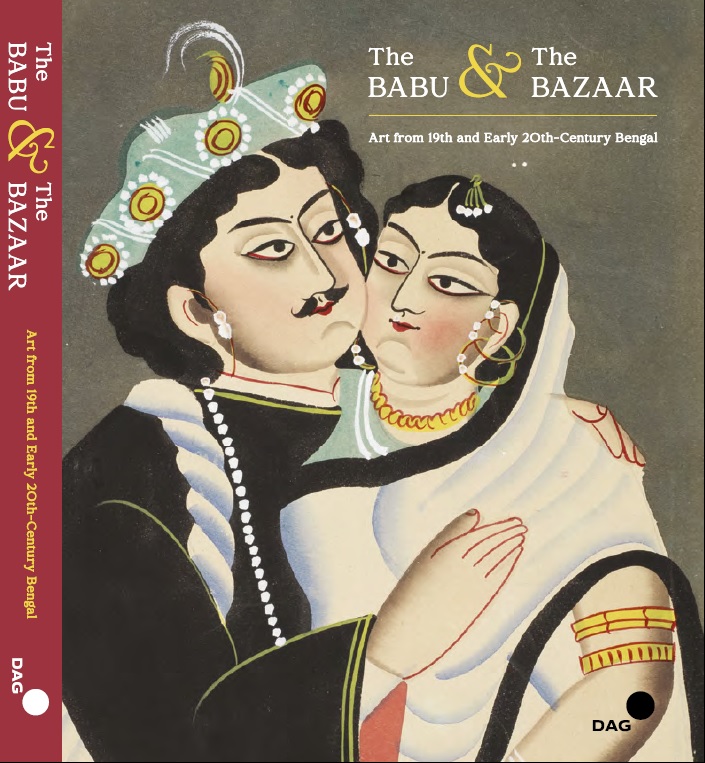
all artworks
|
Times of India |
|
25 May 2023 |
|
ThePrint.in |
|
29 May 2023 |
Exhibition and Events
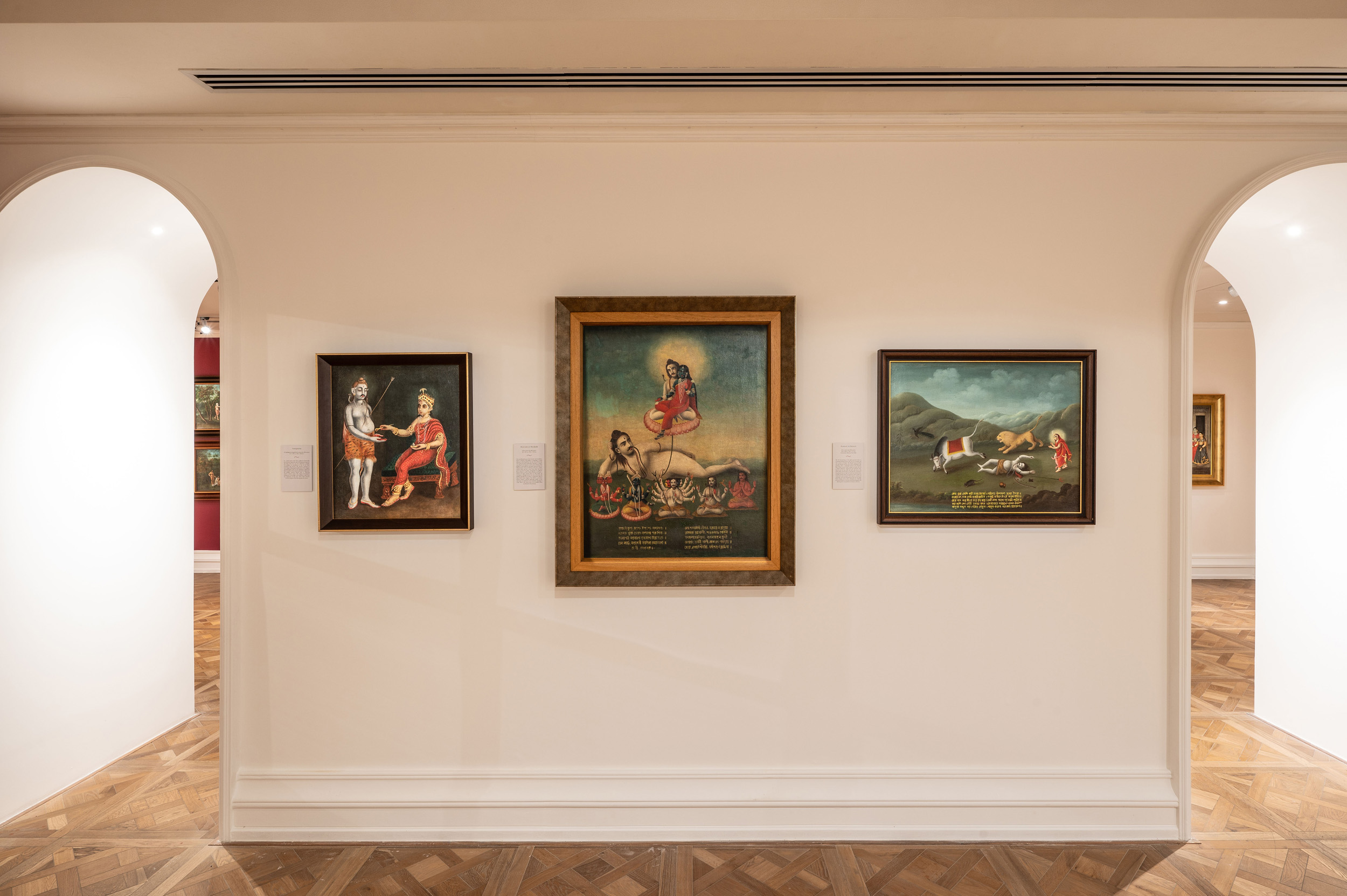
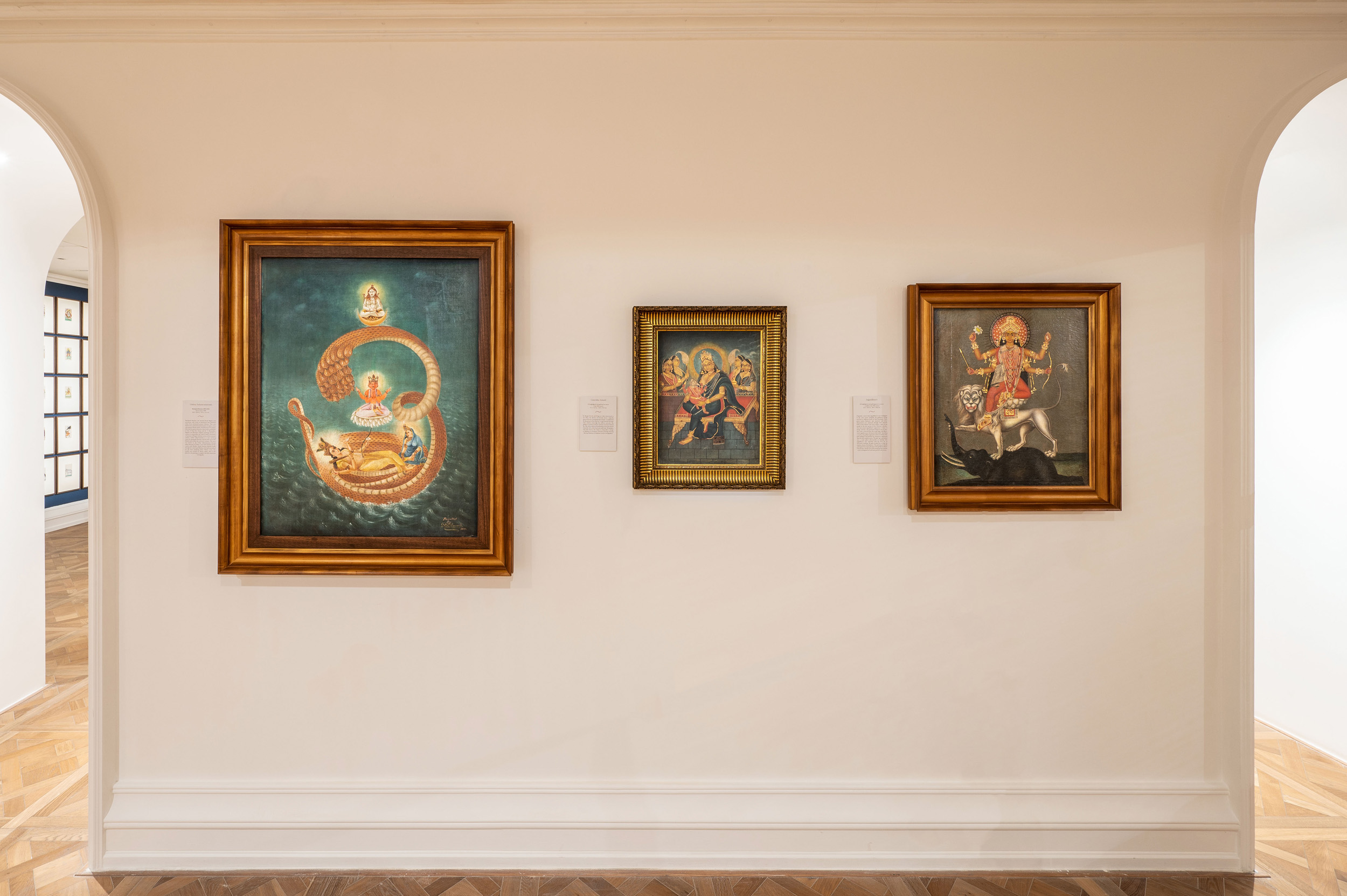
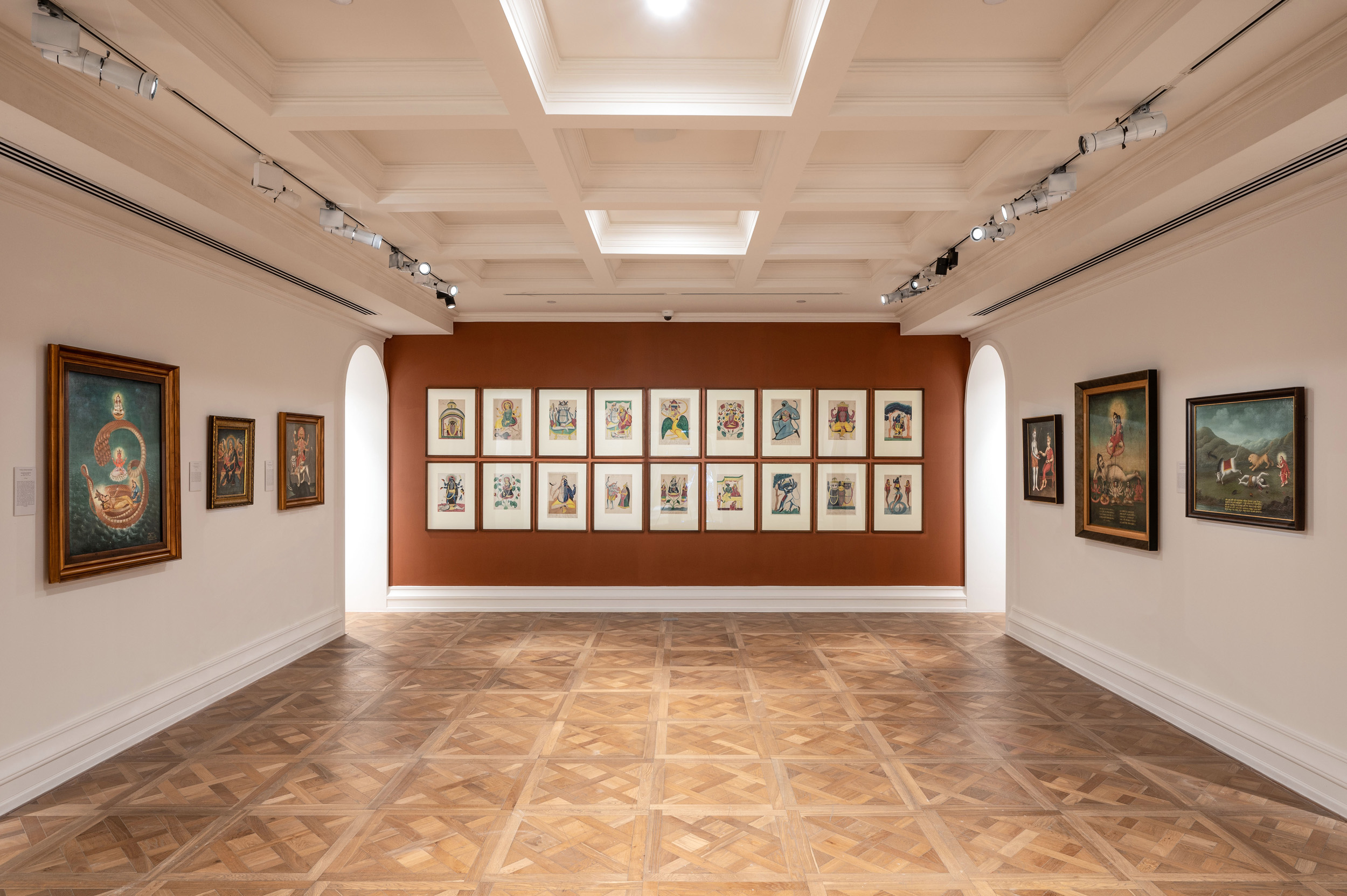
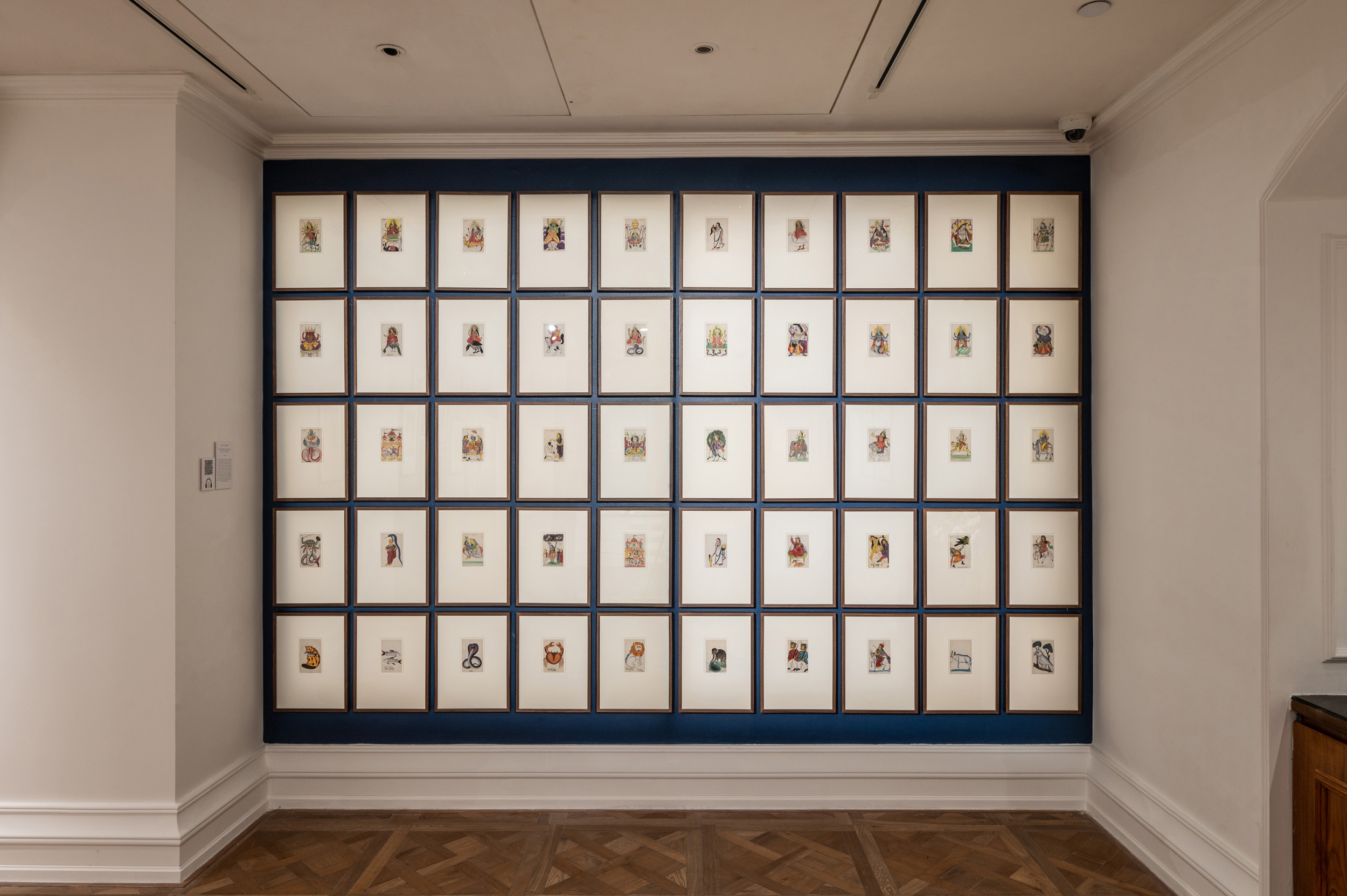
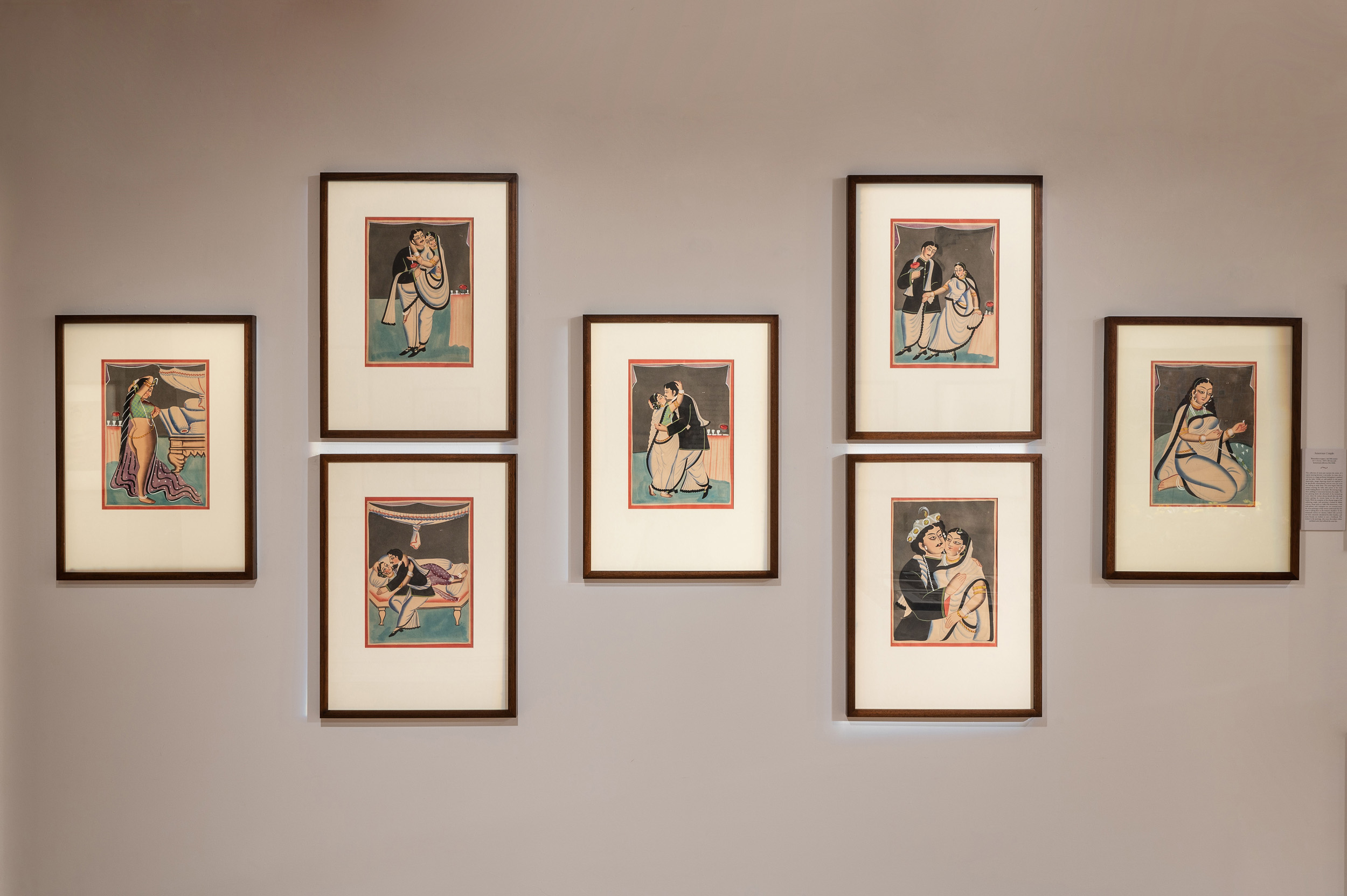
exhibition video





